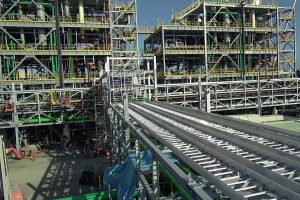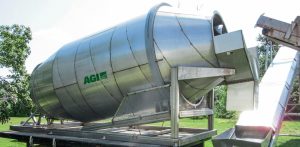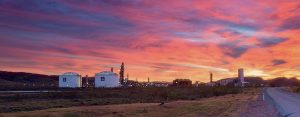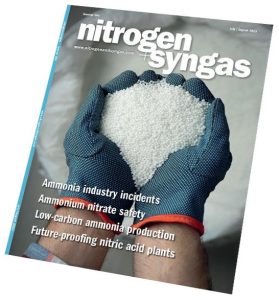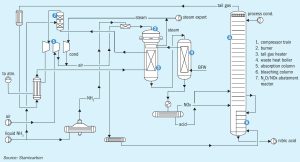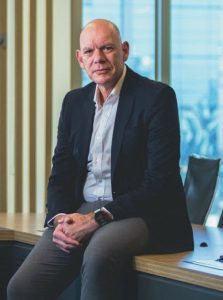
People
Gustavo Horbach is EuroChem Group’s new Head of South America with responsibility for operations and strategic business development in the region. Gustavo was previously EuroChem’s VP for upstream production and investment projects in South America. He has been with the company since 2021.


